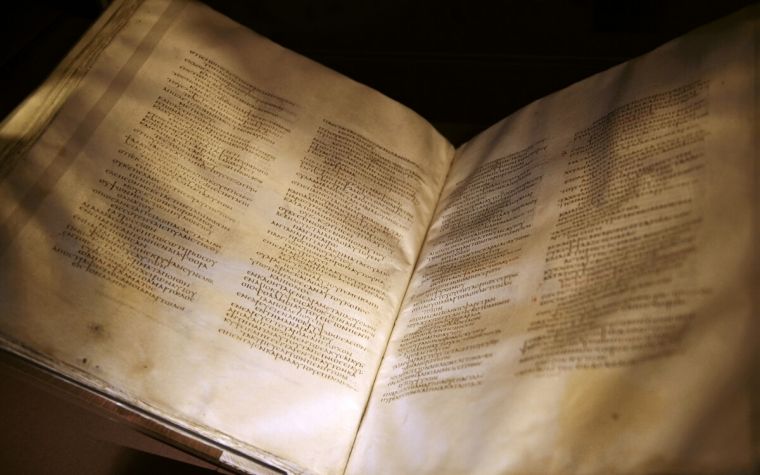How technology is helping scholars read Bible fragments thought damaged beyond recovery
An ancient fragment could reveal secrets of how the books of the Bible came together.
The charred lump of parchment, known only as M.910 after its library reference number, is too fragile to open and was written between 400 and 600 AD. It is believed to contain the Acts of the Apostles, and one other work.

It has been housed in the Morgan Library and Museum in New York since its purchase in 1962 and is deemed unfit for travel due to its fragility.
However new software designed by W Brent Seales, a computer scientist at the University of Kentucky, could shed light on M.910, according to the New York Times.
CT-scanners can reveal inside scrolls that can't be physically opened but just produce an unreadable jumble of letters. Dr Seales has been developing a technique to model the surface of the piece of parchment and then place each letter on its correct position on the parchment, making a legible text.
Paul C Dilley, an expert on early Christianity at the University of Iowa, hopes the technique could be used on M.910 and reveal secrets as to how the New Testament canon was formed.
Until the 4th century there was an array of early Christian writings and gospels with the current 27 New Testament books competing against rival Gnostic and Manichaean writings. Gradually over the first three centuries of Christianity an established 'canon' of authoritative writings took shape until a council of bishops ruled on the definitive list in 367 AD, settling the two remaining controversies of the book of James and book of Revelation.
But Dr Dilley hopes that this text will shed light on how the established canon gradually became recognised as authoritative.
While earlier copies of the book of Acts exist, it is hoped that M.910 will be of interest if it has subtle variants from other early copies such as Codex Sinaiticus.
Scans of the document were made in December and, if successful, it is hoped Dr Seales' technique could produce readable pages later this month, according to the New York Times.
If it works, the same procedure could reveal the secrets of other un-openable ancient texts all over the world.











